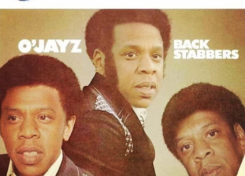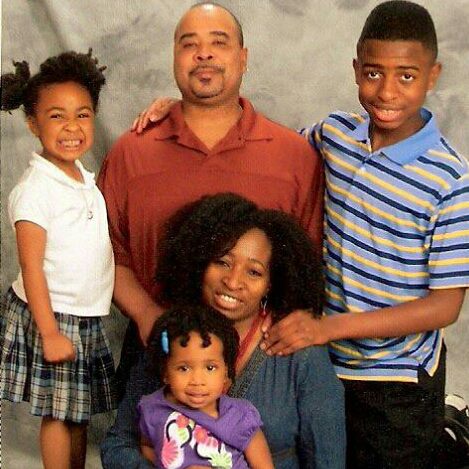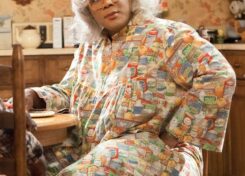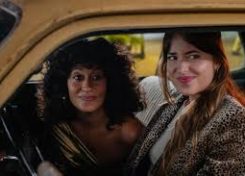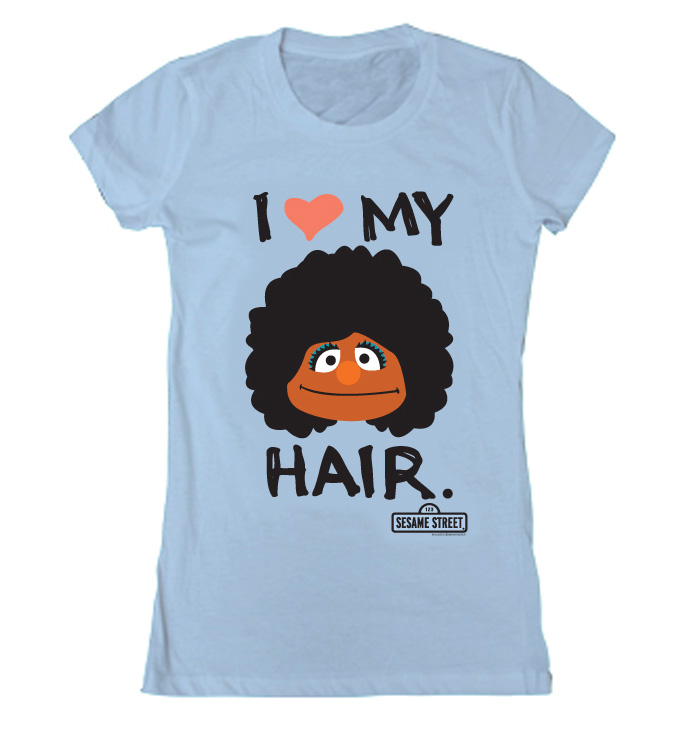
“Hey Mom, watch this!”
My first-born daughter, Nia, is standing in the middle of the living room, arms akimbo as she sways her hips along to the music. I watch with pride as she smiles, spins and pats her dozens of ear-grazing, two-strand twists, all while exclaiming, “I love my hair!”
Long live Sesame Street.
I’ve been instilling acceptance and self-worth in my children for years, but it was a muppet that helped my pre-schooler to deepen her appreciation of what many still struggle with: the uniqueness and beauty of African-American hair.
If you haven’t seen the clip yet, “I Love My Hair” shows a happy girl muppet who praises the variety of styles that her kinky-curly texture can achieve (afros, cornrows, etc.) by way of a sing-song, style-morphing ode to her crowning glory: “I wear it up, I wear it down, I wear it twisted all around/I wear braids and pigtails too, I love all the things my hair can do.”
Applauded by children and adults alike, the immediate and overwhelming response validated the decision of the song’s creator, Sesame Street writer Joey Mazzarino, to use the show’s powerful platform to affirm young girls of their natural beauty.
“I just want kids to know that their hair is beautiful,” said Mazzarino, who wrote the song after hearing his adopted Ethiopian daughter make negative comparisons between European-styled tresses and her own.
“I just hope little kids and little girls see this and really feel positive and great about themselves.”
And hair is certainly an important place to start, since it’s always been a touchy issue for the sisters. From the moment our ancestors reached America’s shores, African-American women have been at war with both society and one another about how to rock our locks.
In addition to our rich skin tones, full lips and generous backsides, our hair became yet another feature that differentiated us from what many considered “beautiful.”
So in order to assimilate, a lot of women adapted to Eurocentric standards by subduing those curls with heat and chemicals, telling ourselves and our daughters that it was “easier” and “more manageable” to do so.
Relaxing, flat-ironing or hot-combing the hair is an expensive and tedious practice that, along the way, can perpetuate a sense of inferiority. After all, what else is accomplished by repeating the belief that we have “bad hair,” others have “good hair” and in order to be attractive, we need to abandon what we were born with?
Many women will say that it’s just not that serious. Plenty of them are simply more comfortable with relaxing their hair and enhancing their do’s with wigs and weaves (additional hair sewn, braided or glued to their scalps).
And by all means, they should continue to “do them” by any means necessary.
However, something is terribly amiss when little girls who’ve barely mastered their ABC’s are taught to see their natural hair as a birth defect that only chemicals and Beyoncé-esque hair extensions can cure. (Sadly, I’ve witnessed this dozens of times).
But since I’m the first role model that both of my daughters have, I’ve chosen to affirm that the features we were born with are just as acceptable as the ones that others have, and that looking different isn’t always synonymous to looking ugly or odd.
So as Nia watched this muppet whip her braids, twists and ponytails around, she demonstrated recognition of what they both possessed and celebrated that common trait: a head full of magically versatile and lovable hair.
Amen, baby girl, amen.
http://www.dallasnews.com/opinion/local-voices/headlines/20101105-Lorrie-Irby-Jackson-of-Garland-101.ece

